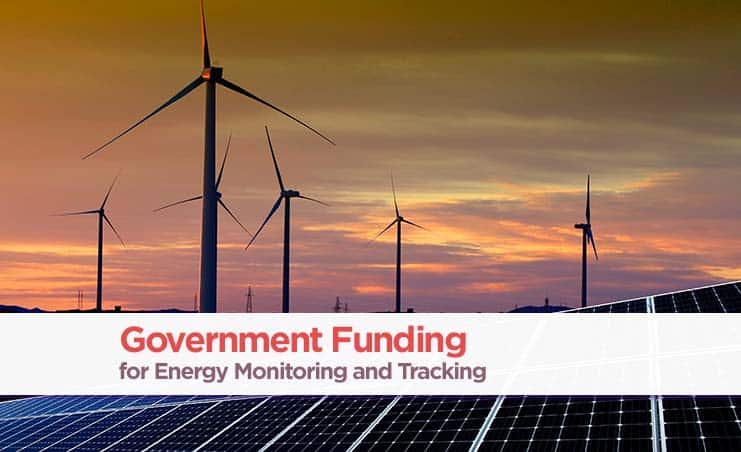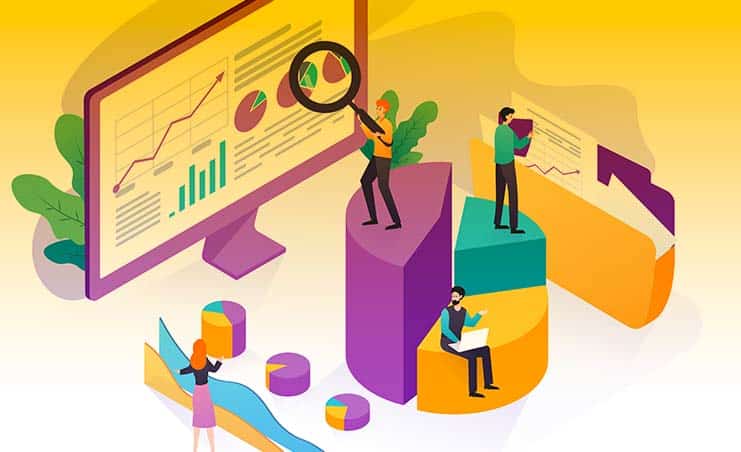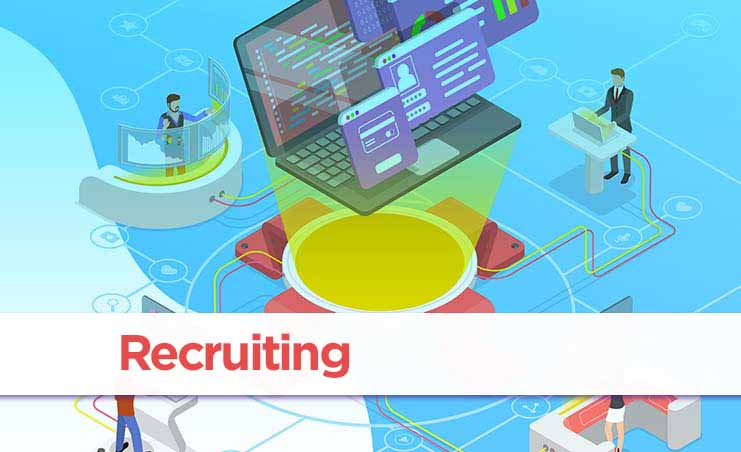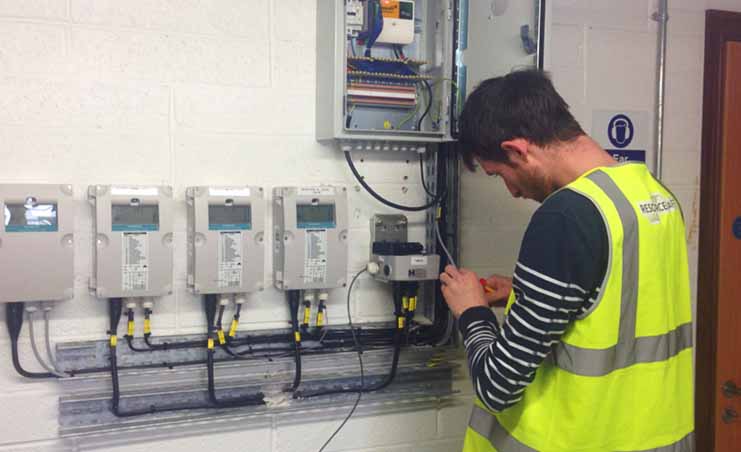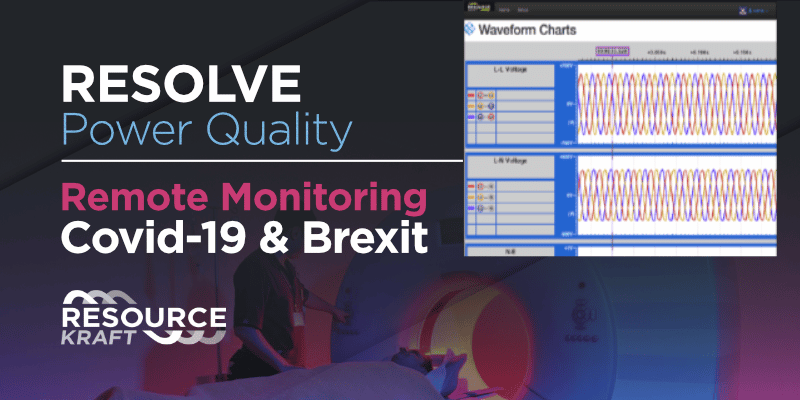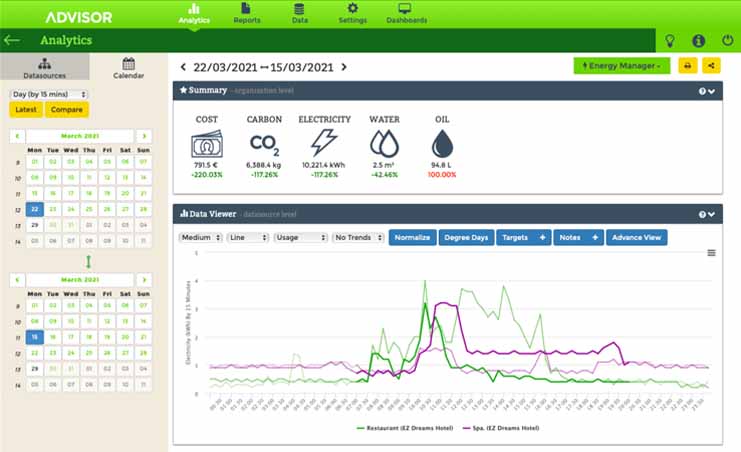It’s due to become one of the major political hot potatoes over the next couple of years, but many people don’t yet realise that Ireland has signed up to massive carbon reductions by 2020. In the 2007 Government White Paper, Delivering a Sustainable Energy Future for Ireland, a target has been set for a 20% improvement in energy efficiency across

It’s due to become one of the major political hot potatoes over the next couple of years, but many people don’t yet realise that Ireland has signed up to massive carbon reductions by 2020. In the 2007 Government White Paper, Delivering a Sustainable Energy Future for Ireland, a target has been set for a 20% improvement in energy efficiency across the whole economy by 2020. The White Paper also states an ambition to surpass the EU target of 20% with an indicative target of 30% energy efficiency by 2020. Furthermore the paper states that the public service is to take an exemplar role in energy efficiency, with a savings target of 33% by 2020. These targets are incredibly ambitious especially given that Ireland is now a mere 5 years away from 2020.
If Ireland is to achieve even a fraction of these targets without “lawyering” its way out of commitments, it will need to drive action on a range of fronts, including mass retro-fit programmes, financial incentives, financial penalties, and engagement. Central government bodies such as the SEAI are doing a great job with what resources they have. However, there are simply not enough energy experts in the country to do what needs to be done over the next five years.
Customer engagement is increasingly being seen as an extremely effective way to employ individuals to implement their own energy efficiency improvements. Customer engagement uses the power of modern communications technologies to empower customers to interact with their energy providers more easily using the communications channels they prefer. The fact is that Irelands energy utilities are a key part of the solution and they are being woefully under-utilised in the race to 2020. In the United States, utilities are deploying customer engagement programs to achieve greater participation in existing energy efficiency programmes, improved their customer satisfaction ratings, and increase stickiness with their existing customers (because ‘churn’ is the great bane of energy retailers lives).
It is ResourceKraft’s contention that utilities must be leveraged urgently in the final straight to 2020. They must be provided with the tools and the incentives to do the right thing for their customers (and by extension the national 2020 targets). This practically means:
ResourceKraft is already developing technology for such engagement programmes elsewhere in the world, especially the United States. As such it believes that it can bring substantial innovations to the Irish markets. In 2015, ResourceKraft intends to bring its knowledge to government bodies and utilities to show how energy consumers can be part of the solution. In practical terms, it can bring the following to bear:
– Smart bills are beautifully formatted energy bills that don’t just show KWh used and costs incurred. These bills will also offer practical, customised advice on how to tackle energy costs
– Clever, innovative, data-driven approaches to energy consumers using the latest social media techniques that demonstrate that their energy bills are controllable
– Giving customers a good reason to engage with their energy utilities in their efforts to reduce energy costs
Liam Relihan
